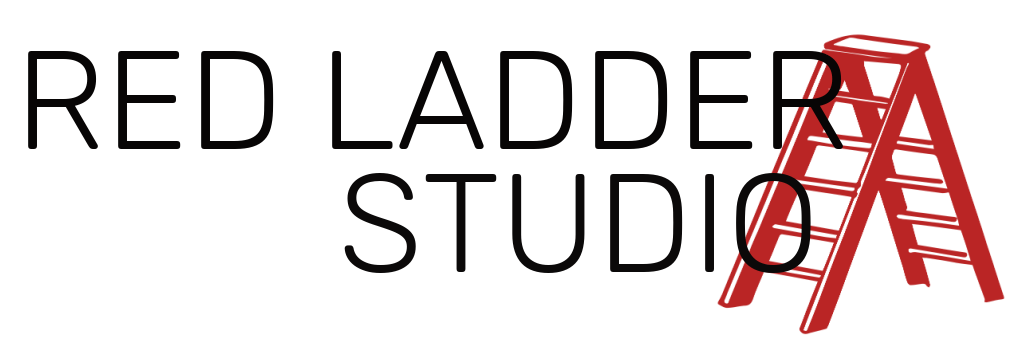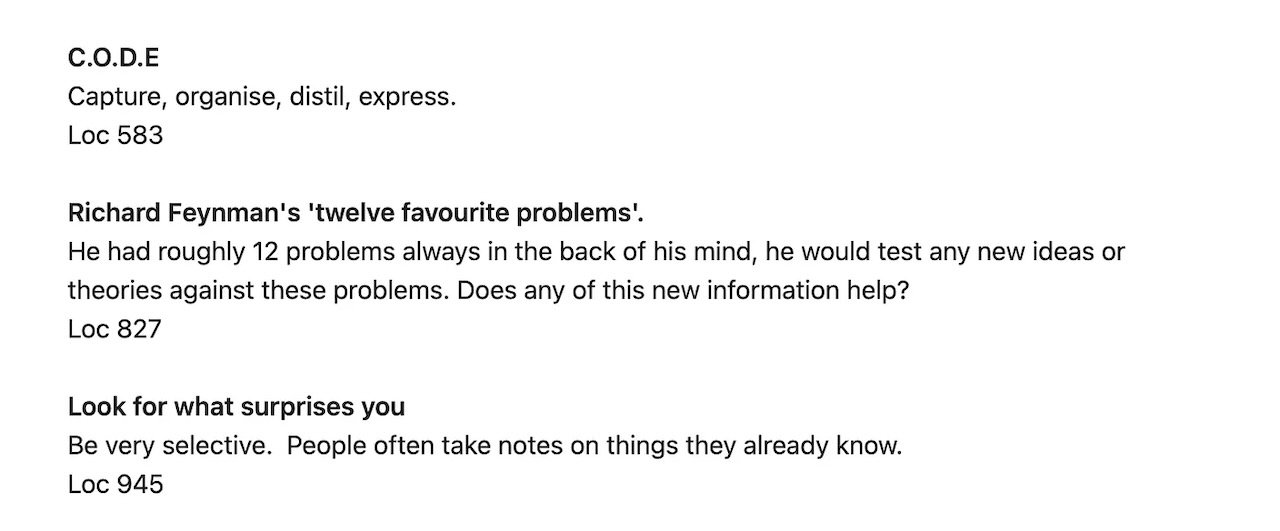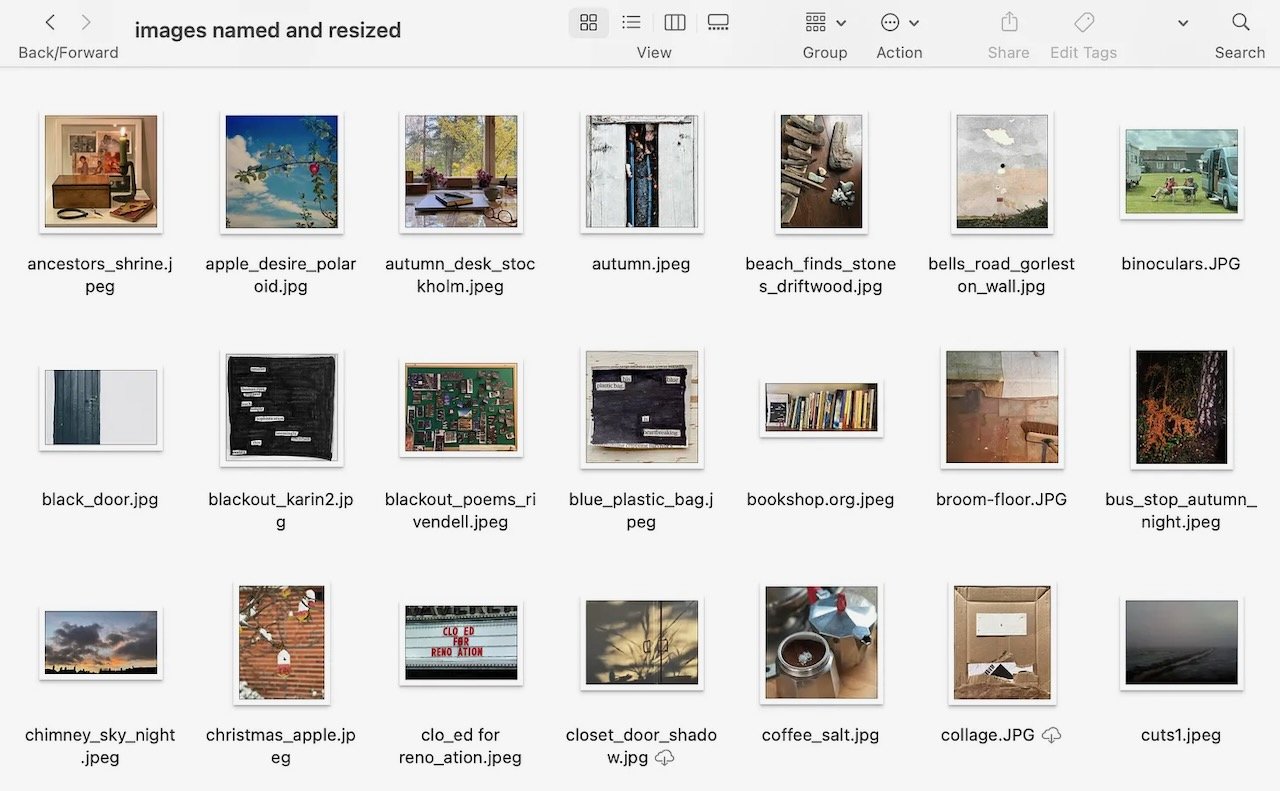Think inside the box
You really get to see my nerdy side today, when I talk about how to organise yourself for greater creativity. But surely creative people are the opposite of organised? Well, yes, sometimes they are. But then, sometimes being more orderly in your life might lead to the creative and dharmic breakthroughs you long for.
“Be regular and orderly in your life so that you may be violent and original in your work.”
We stumble upon brilliant ideas every day. Perhaps we even make a note of them. But how often do you go back through those notes? Below I’m sharing my method for:
Making those ideas your own.
Giving them a form that is ready for your future self to use.
Storing them in a way that you’ll discover them just when you need them.
Friday posts usually go out to paid subscribers, but I thought I would send this out to you all, in the hope of reaching a few other like-minded organisational nerds! Normal service will be resumed next week.
But now, let’s dive in!
How many items can you remember on a mental shopping list?
If you are popping to the shop for just 3 things: butter, parmesan and coffee, would you trust that to memory? I did, and as I was going out of the door, added yogurt and milk. I came back with everything, but I was pretty much at my limit. There’s a famous paper called The magical number seven plus or minus two explaining how we can hold roughly 7 things in our head at any one time. It’s called our working memory. Pretty tiny isn’t it?
“Your mind is for having ideas, not holding them.”
It’s almost 25 years since David Allen’s ‘Getting Things Done’ was published, and people are still nerding out on it. Its premise is simple: get everything out of your head and into an external system that you trust. Then you can use your mind for more creative things.
Even though I’ve been a GTD devotee for years, I still occasionally have a good idea and think I don’t need to write it down, I’ll remember it. Seconds later, it’s gone.
If we can’t rely on our mind to hold all the inspiring ideas we come across, where can we put them?
Before we answer that, let’s look at what it’s like to not have a system.
Here's how I used to (not) organise my ideas:
Other people’s ideas that I resonated with. I’d often read with a pen in my hand, underlining what seemed like the important parts. Or making notes in the margins. When I finished the book, it would go back on a shelf. Occasionally, if it was a brilliant book, I would revisit my underlinings and write up the notes in a word document, which I’d file away on my computer and never see again.
My own fleeting ideas. I’d have some kind of notebook on the go, though I didn’t always carry it with me. So I’d also note things in random places, a napkin, somewhere on my phone. I would write ideas as I had them, perhaps a little brainstorming on a train journey or make a note of a book recommendation from a friend. Occasionally, I’d flick back through the pages of the notebook. Sometimes things I’d noted down no longer made sense. Or I’d be reminded of that good idea, but only until I closed the book again!
Mixed media. I’ll use my phone to take pictures of anything that catches my attention. It might be the light coming through the trees or my friend smoking a cigar. Sometimes it would be an idea I wanted to remember, like using pieces of slate as plant labels in the garden. Same with videos and audio recordings. Then they would stay unsorted on my phone.
Any of that resonate with you?
When the time came to create something, all I had was a blank sheet of paper. It was as if this collection of brilliant ideas I’d been saving didn’t exist.
The truth is, not being able to find something, is as good as not having it at all. Yes, there were all these amazing resources, in my notebooks, in the margins of other’s books, on my computer or my phone. But not in any way that I could use.
Organising your ideas in a reliable external system means never again having to start from scratch.
How do we create a reliable external system?
Thinking inside the box
Could 2024 be the year that you set up a system that turbocharges your creativity? That’s what I’m hoping for. It all starts with taking our thinking inside the box.
The system I’ve been creating for sometime now is a combination of Tiago Forte’s ‘Second Brain’ and, more recently, the zettelkasten from Sönke Arhens book, ‘How to Take Smart Notes’.
It’s a way of turning the ideas we collect into an abundant treasure box. One you can dip into for a single inspiring quote, or to find a whole series of connected ideas on a particular theme.
Setting up your boxes
A box is a storage solution, your's might be an actual box, like a shoe box! But here's what my 'boxes' look like.
Pocket notebook.
Digital notes app, I use Evernote and Obsidian, but you could use any simple app, like Apple's 'notes'.
Desktop folders for anything that you can't store in your notes app.
Other people's ideas that you resonate with
For me, these often come from books, but you may get your ideas from podcasts, YouTube videos, etc. I’ve started using a system known by its german name, zettelkasten, which means ‘slip box’.
It’s a note taking system developed by Niklas Luhmann back in the days before computers. He was a prolific non-fiction writer who claimed that he did nothing if it felt at all difficult, but in fact it was the ‘slip box’ that did the thinking for him. The slip box was a wooden box where he stored his notes, each written on cards the size of postcards.
“One cannot think without writing.”
He suggests you make two kinds of notes, literature notes and permanent notes.
For your literature notes, you take notes as you read. But only noting down what is new or surprising to you (not what you already know). Focus on ideas that are connected to the themes you are investigating. Here’s an example of a literature note on ‘12 favourite problems’. (Loc 827 is the location in the kindle version of the book, ‘Building a Second Brain’.)
Then you look back through your literature notes with an eye for any idea that is really worth saving. If you find one, you create a permanent note.
These permanent notes are the treasure in your treasure box. To create a permanent note, you must write the idea in your own words and then elaborate on it. You are doing several things here:
You are making the idea your own.
You are putting it in a format so it is ready to use in some future scenario.
You are making it discoverable, that is, easy to find when looked for directly, but also making it likely you’ll stumble upon it at the right time.
Here’s the permanent note I made on the idea of ‘12 favourite problems’. It’s a little longer than most of my permanent notes.
The magical thing with these permanent notes is that they are ideas, or little packets of inspiration, that are freed from their context, yet still connected to that context.
They can float around and connect with other ideas. This feels very different from having an idea that is embedded somewhere in a document.
When the ideas are freely mingling in the slip box, all I need to do is search a keyword like ‘impermanence’, or in this case the Sanskrit term ‘anitya’ and I find all the individual ideas connected to that theme and the connections between them. In the video below you can see what this looks like in Obsidian. It’s as if the individual notes are dancing together!
To see a video of this dancing effect go to the original post at Substack.
You can make permanent notes from any source, books being the obvious one, but including podcasts, videos and even social media. You can also make permanent notes from your own ideas.
Your own fleeting ideas
“Big ideas don’t make themselves known as big. They begin with the little, ridiculous ideas that most people would discard or reject. Every successful picture I’ve done has really been based on taking a very flimsy, fleeting little idea, grabbing hold of it, and taking it seriously.”
Take hold of any fleeting ideas, things that resonate with you, and save them. It might be some words you overhear on the bus. A fresh idea, or a way of solving a problem you’ve had. Note them down in your notebook, ideally one you can carry with you at all times.
“To attain knowledge, add things every day. To attain wisdom, remove things every day.”
Once a week, or even once a day, go through your notes and decide where to store them. There are a few possible destinations:
The bin. The time lag between you writing down the idea and storing it is important. Often you’ll realise it’s not worth storing. Unless it strikes you as significant a second time, it can go in the bin.
If it’s a to-do, something to remember, something connected with a particular project, it can go in your digital notes app.
Finally, ask yourself, is this an idea worthy of a permanent note? If so, take the time to write it out in your own words and file it in your slip-box.
Mixed media
Sometimes ideas come in different forms. We might collect photos, video and audio. The main tip is to go through them every week. Delete, delete, delete.
If it is something you want to keep, then ask yourself, how can I make this discoverable?
Photos, you can leave them in your photo app but add a couple of keywords. You can give a ❤️ to the best pictures so they show up as favourites.
Videos and audios. I move what I want to keep from my phone to the folders on my computer desktop, where I name them with a few keywords. I also do this with photos, as you can see below.
Quotes and poems I save as individual notes in Evernote, adding tags that match their themes.
‘Only start projects that are already 80% done.’
Tiago Forte has this rule of thumb, only start a project that is already 80% done. I love this. There’s nothing better than sitting down to write something and realising you’ve already written it. At least you have a collection of notes so good that turning them into an article is easy. I sometimes sit down to plan a retreat and realise that all the elements I need are already there.
Organising your ideas in a reliable external system means never again sitting down to a blank sheet of paper, never having to start from scratch.
Thanks to Tiago Forte for many of the quotes above from his book ‘Building a Second Brain’, and to Sönke Ahrens for explaining the 'zettelkasten' method so clearly in his book 'How to Take Smart Notes'.






